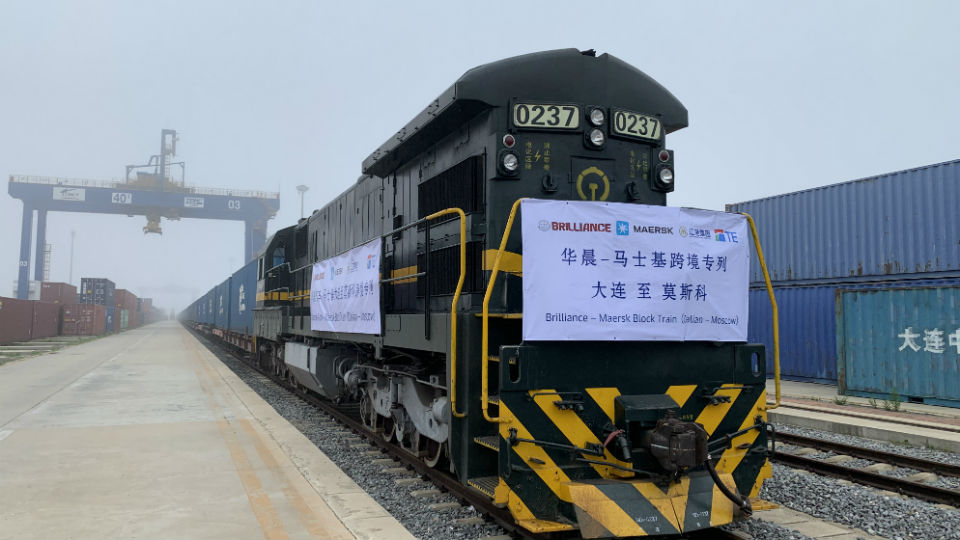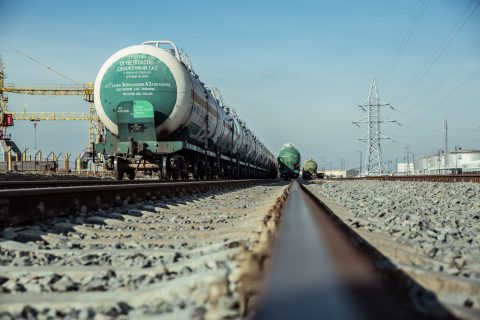BTE: how a railway company plays a role in society

Awarded as the ‘Pioneer of anti-Covid-19 Engagement’ and as ‘Outstanding Enterprise for Work Resumption’ in 2020, the Beijing Trans Eurasia International Logistics Ltd (BTE) was among the protagonists of the China-Europe Express. Last year was an exceptional one for BTE that saw its Eurasian trains increasing. However, it also spotted some weaknesses in Eurasian transportation that might cause instability in the future.
BTE has been active since 2010 with a focus on utilising the China-Europe Express to provide rail freight logistics solutions. It connects three major Chinese hubs (Xi’an, Wuhan, Xiamen) with multiple European destinations that stretch from Mannheim to Malaszevice. The last two years have been of significant importance for the China-based company that saw the establishment of crucial rail links to Europe like the one of Dunajska Streda in Slovakia.
2020 and its lessons
Last year, however, has been the most notable, together with all the challenges it brought. Nevertheless, BTE managed to increase the Eurasian trains it put on tracks reaching the total number of 1,068 block trains for the whole year. According to the company, this was an impressive increase compared to numbers from 2019. The concept of CR Express and its agility played a vital role to reach such growth.
Simultaneously, though, it is the same concept that causes specific hurdles in Eurasian traffic. For instance, BTE struggles with the imbalance of westbound and eastbound trains. In 2019, the ratio of westbound to eastbound was 2.6 to 1; in 2020, the ratio was 1.5 to 1.
The imbalance between westbound/eastbound trains is not the only issue in this case. Soaring container shortages that result in high container prices are another byproduct of the imbalance mentioned before. Moreover, the CR Express has to also deal with the loaded infrastructure capacities that cause border-crossing congestion and longer transit time. All in all, the China-Europe transport concept still has much space left for improvements, according to BTE.
What’s more to come?
Looking into 2021, BTE wants to focus mainly on the efficiency of its Eurasian services. Keeping its transit times short constitutes a number one objective. For example, currently, the company holds first place for the shortest transit time between China and Europe with the Xi’an-Mukran train that completes the whole trip in just eleven days.
Additionally, BTE will strive to improve its preexisting connections and maintain a high level of efficiency. However, its network’s expansion will not be neglected. The rail company has already tested some interesting services that will add value to its rail freight presence. One of them is the pilot connection from Xi’an to Tbilisi in Georgia, which also used a vessel to cross the Caspian sea and transported electrical equipment.
Contributing to the pandemic’s relief
Apart from the operational details of BTE, it is also crucial to underline its role in easing the pandemic’s impact in any way possible. Consequently, apart from delivering epidemic prevention goods from across the world through unprecedented conditions, BTE also proceeded to multiple donations of protective equipment to companies, rail terminals and municipalities.
Its awards for ‘Pioneer of anti-Covid-19 Engagement’ and ‘Outstanding Enterprise for Work Resumption’ did not come out of anywhere in the end. In contrast, they proved that a railway company has many reasons and means of contributing to society by providing a sustainable transport model and taking impactful initiatives.
You just read one of our premium articles free of charge
Want full access? Take advantage of our exclusive offer






